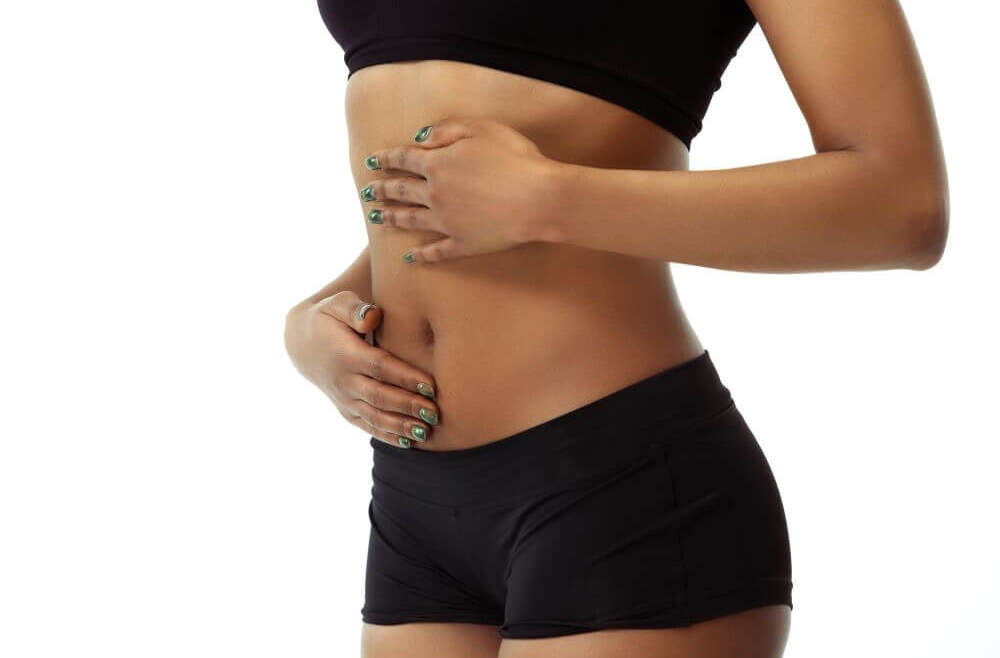Tummy tuck, also known as abdominoplasty, is a procedure that removes excess skin and fat from your abdominal area. Pregnancy, age and weight could leave you with a sagging belly. A sagging belly is caused by muscle stretching and separating due to weight gain, which could also increase lower back pain. Previously, we discussed why a tummy tuck is about more than just feeling confident at the beach.
In this article we will look at what to expect after your tummy tuck surgery and we’ll share a few tips on how to make your recovery process easier.
Tummy Tuck (Abdominoplasty) Recovery Timeline
Typically, the healing process after a tummy tuck takes about four to six weeks. This is for full recovery, and is dependent upon the extent of your surgery. Read more about Mini Tummy Tuck vs Full Tummy Tuck here.
With a tummy tuck, note that you will likely be out of commission for at least 10 days, which means no exercise and lots of rest. You will most likely need to take time off of work, and will not be able to do your normal activities for a full week. Make a grocery store run before your surgery and stock up! Don’t be afraid to ask those around you for help in this vital period after surgery when you will feel quite compromised. Also, make sure to pick up your prescriptions before surgery.
First Few Days
- After the procedure, your abdomen will feel swollen and sore.
- You may experience pain, swelling, bruising, and discomfort around the abdominal area.
- You’ll be prescribed pain medications to manage any discomfort.
- Rest as much as possible
The First Week Post-Surgery
- You’ll likely have drains in place to collect excess fluids, which may be removed at your first post-op- appointment.
- You’ll need to wear a compression garment or abdominal binder to support the abdomen and minimize swelling. Your surgeon will give you directions on when to start wearing this.
- You will follow your surgeon’s instructions regarding wound care and hygiene to prevent infection.
One Month After Surgery
- Swelling and bruising will gradually subside, but you may still experience mild discomfort at times.
- You’ll gradually be able to resume light activities, but strenuous exercises and heavy lifting should be avoided.
1-3 Months after Abdominoplasty
By this time, most of the swelling should have resolved, and you’ll start to see the results of your tummy tuck. You may resume normal exercise around the 6 week mark, when your incision sites are completely healed and closed, unless advised otherwise by your surgeon.
6 Months Post-Surgery
- Your scars will continue to fade, although they may still be somewhat visible.
- You’ll likely notice drastic improvements in your abdominal contour and overall appearance.
- You can return to your normal activities, including all exercise, but it’s essential to listen to your body and avoid overexertion.
Post-operative Instructions from the Plastic Surgeon
The following guidelines ensure a smooth recovery process. You should always consult your cosmetic surgeon for personalized advice and support throughout your post-operative journey.
- Get plenty of rest because it allows the body to heal. You can sleep with wedge pillows behind your back or in a recliner to help take the pressure off your abdomen. You can begin to straighten your posture 5 to 7 days after the procedure.
- Do not wear tight clothing as this could prevent proper healing.
- Take pain medication as directed by your doctor. Do not take any medicine that contains aspirin or ibuprofen until your doctor approves it
- Eat a balanced diet; start with liquids as you advance to a regular diet. Avoid foods that could make you bloat because it could cause abdominal discomfort. Keep in mind that pain medication causes constipation so make sure you drink plenty of water and take a stool softener if need be.
- Avoid alcohol consumption
- Do not smoke because it negates the healing process and causes complications
Activities
- Do not drive until you have full range of motion of your arms and have stopped taking pain medication
- Resume walking as soon as possible, even for 5-10 minute increments, as it helps to reduce swelling and decrease chances of developing blood clots.
- Avoid any strenuous activity that will strain your abdominal muscle for 6 weeks
- Do not lift any heavy objects for 6 weeks
- You can return to work after one week, or you feel like you can return. A typical desk job is easier to return to than a job that involves physical activity. Please ask your surgeon for a work note if need be.
Incision Care and Scars
It goes without saying that after the tummy tuck, you will have scars. Keep steri-strips on and keep your incision clean and inspect them regularly for signs of infection.
Use silicone sheeting* (it has been proven to help) or another topical scar cream, such as Skin Medica Scar Repair. Silicone sheets help prevent keloids, which are overgrowths of scar tissue, and they can help to flatten your scars. Make sure to protect those scars from the sun. Do not expose your scars to the sun for at least 6 months. If you cannot avoid the sun, make sure you use a strong sunblock
Make sure you wear a compression garment or abdominal binder daily for the amount of time instructed by your surgeon. A compression garment will help to speed up the healing process, allowing you to return to daily life sooner. This is because compression helps to minimize your swelling and improves blood circulation. It will also give your core more support and make you more comfortable. This compression garment will also help to flush toxins from the body, and help the skin fit to your new body shape better.
Empty your drains once as instructed and record the amount drained. The nurse will show you how to do it before you leave the clinic. There may be leaks around the drain site, make sure you place soft, clean dressing over the incision to wick away moisture and prevent irritation from the garment.
*Note that silicone sheeting should only be used after your wounds have closed.
When Should You Contact Your Doctor?
- If you have excessive redness, swelling or bruising after a few days
- If you have increased pain that is not relieved by medication
- If the incisions are bleeding and cannot be stopped by slight pressure
- If your temperature is over 100.4 degrees
- Loss of feeling or motion
- Side effects to the medication such as nausea, headache, vomiting or rash
- Foul odor or greenish drainage from the incision
In Summary
Tummy tuck is a procedure designed to tackle the aftermath of life’s changes, like pregnancy, weight fluctuations, and aging, which can leave our bellies less firm than we’d like. During the recovery process, from the initial swelling to the fading scars, remember—it’s all about giving yourself the time and care needed to heal properly. And if you ever have any concerns along the way, don’t hesitate to reach out to your surgeon.
Considering an Abdominoplasty or Other Cosmetic Enhancements?
At Royal Centre of Plastic Surgery, in Barrie, Ontario, we offer exceptional patient care in a private setting with surgical expertise from our internationally recognized, Board-Certified Plastic Surgeon, Dr. Kenneth Dickie. Contact us to book a consultation.

